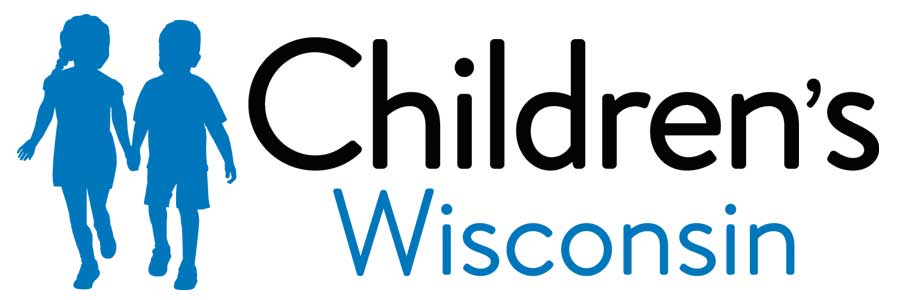What to expect - 3 years
Key points below
What should my child be learning?
Gross Motor Skills: Big Body Movements
• Run forward for short distance without falling.
• Walk forward, backward and sideways on a line without stepping off.
• Jump forward and jump over small items.
• Jump up in the air to try and touch things out of reach.
• Jump down without help.
• Walk up and down 4 steps with no help or only a rail for balance. They can take each step with one foot.
• Throw, catch and kick a playground ball.
• Catch and throw a tennis ball.
Fine motor skills: Play and Self Help
• Start to eat with a spoon and fork.
• Drink from a Sippy cup or open cup. They will not use a bottle any more.
• Stack 6-10 blocks.
• Begin to draw a straight line, up and down, side to side and a circle.
• Use child safety scissors to cut a piece of paper in half.
• Hold a crayon or pencil like a grown up.
• Work on a puzzle with large knobs.
• Turn pages in a book.
Language and Social Skills
• Understand simple questions and requests.
• Follow simple directions.
• Name some body parts.
• Ask what questions. “What’s this?”
• Name pictures in books.
• Use about 50 or more words. People other than the caregiver can understand 50 or more of the child’s words.
• Begin to use negatives like “no me, I not, not go, no want.”
How can I help my child?
Gross Motor Skills
• Draw a chalk line or use a piece of tape to walk on.
• Practice jumping over small soft toys, cracks in the sidewalk, jumping in leaves, over sticks and other small things.
• Dance and sing to music, use noise making toys.
• Practice walking up and down steps.
• Play in the park or outside, climb, jump, slide and run. Do some movement and play everyday.
• Let your child be messy, play in sand, grass, dirt, and water with supervision.
Fine Motor Skills
• Practice buttoning and unbuttoning large buttons.
• Paste, glue, paint, finger paint and color.
• Stack blocks, put shapes in puzzles or shape sorter.
• Use safety scissors to cut play dough, scrap paper, small paper plates or discarded mail envelopes, junk mail.
• Color and scribble with crayons.
Language and Social Skills
• Read books. Point to items in book and name what you see “Where is the dog? Where are his feet? Where is the blue fish?”
• Talk about what you are doing during the day. Say, “I am washing my hands, I am brushing my teeth, I am putting on my coat.”
• Go outside for a walk and name things you see in the neighborhood, like grass, trees, car, truck, bus, and stop signs.
• Name people in your family, like mom, dad, and sister. Name people in pictures.
• Ask questions during pretend play, like “What are you doing? What are making? What are you wearing?”
Toys to have for your child at 2 to 3 years old:
• Duplos, Megablocks, Blocks.
• Chalk for coloring on sidewalk or making lines to practice balance.
• Easel, large crayons and coloring books, Playdough, playdough or safety scissors.
• String with large beads, Large knobbed puzzles.
• Board books, hard cover books.
• Little tykes, Little people, doll houses, Little tykes farm, Little tykes bus.
• Little kitchen, grocery cart, workbench for pretend play, dress up clothes.
• Different sized balls for catching and throwing.
• Tricycle and helmet.
• Sorting toys and matching toys, barnyard bingo.
For other health and wellness information, check out this resource:
https://kidshealth.org/ChildrensWi/en/parents
https://kidshealth.org/ChildrensWI/en/parents/development-3yrs.html
